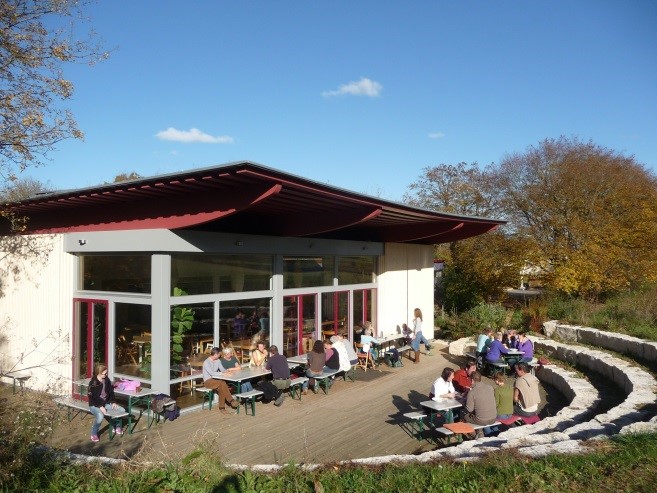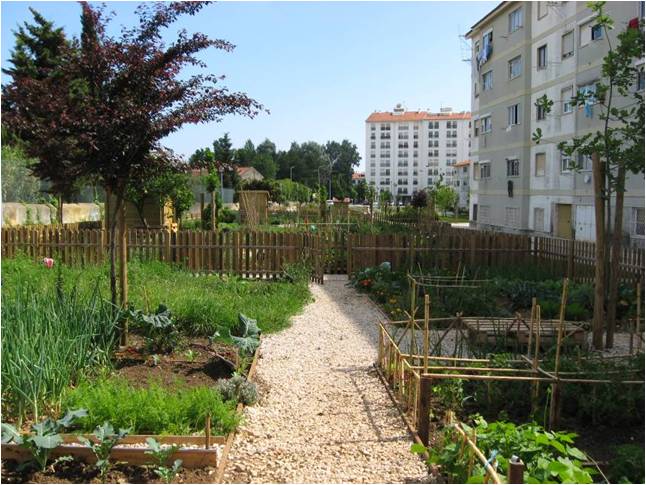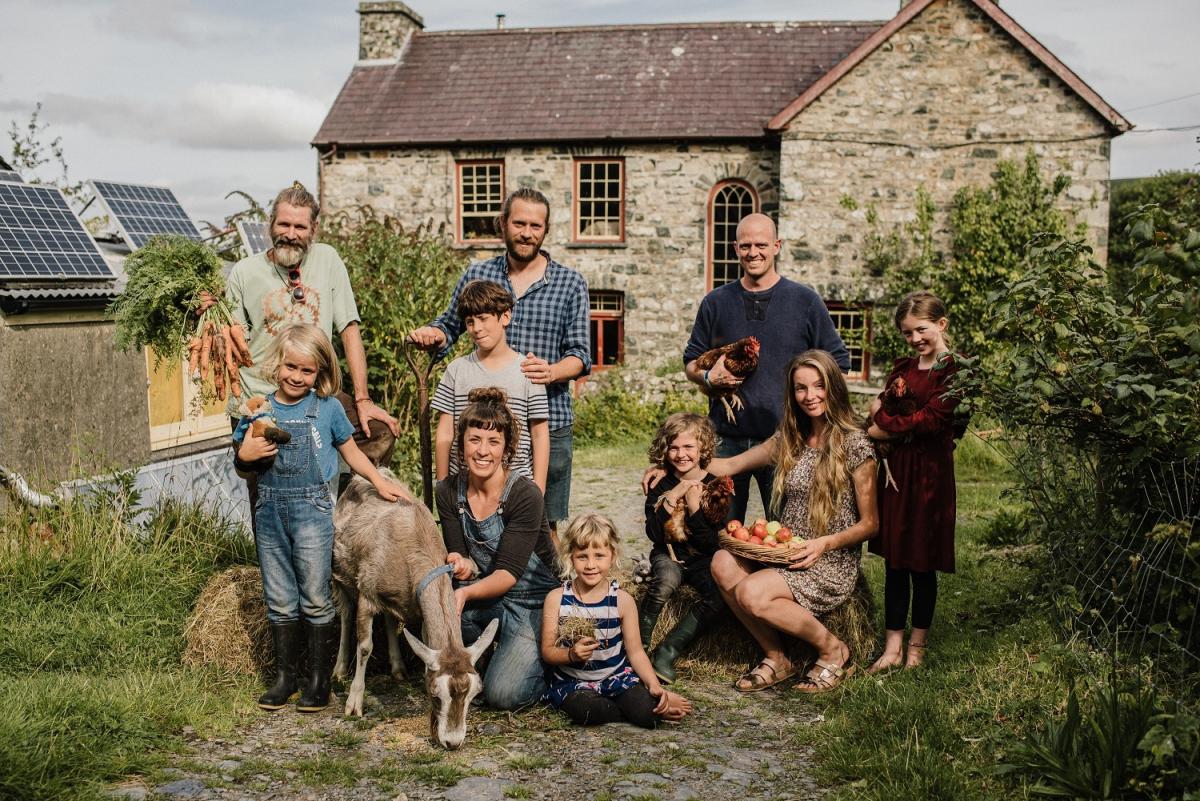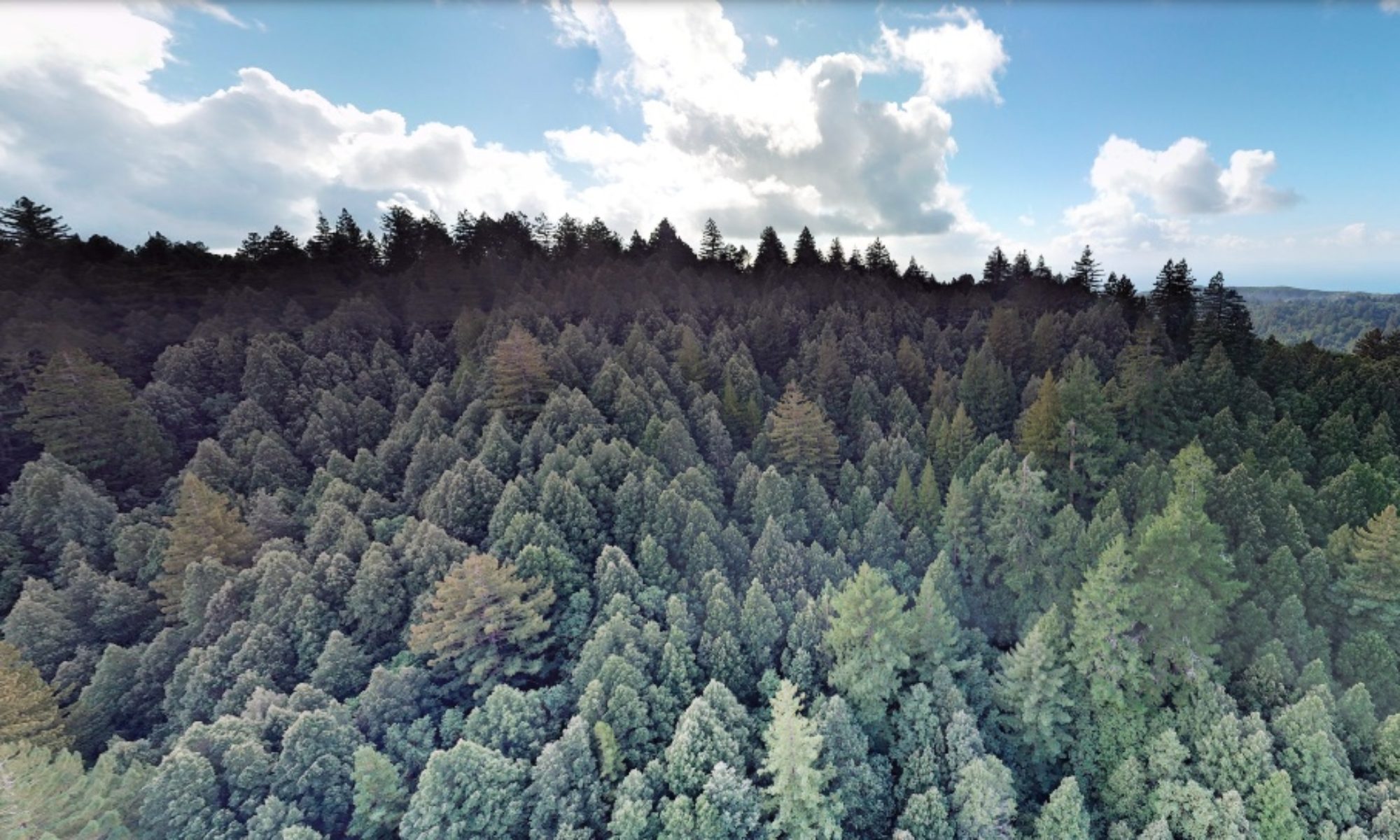Depending on where you live in the developed world, you will likely be living a 3-6 planet lifestyle. In the UK, we are, on average living a three planet lifestyle. While pretty much every has heard of their carbon footprint, it’s very uncommon to hear anyone talk about their ecological footprint, and yet it is an equally important part of the environmental emergency.
Just by dint of living in a developed country, one’s ecological footprint automatically rises. Mexicans who cross the border to the US see their ecological footprint increase just from the more consumer driven lifestyle. Different perhaps has its pros and cons, but as far as the biocapacity (the natural resources of the planet) of the planet is concerned – different means worse.
The growing ecological footprint
Barely a month goes by without another report coming out with dire statistics about wildlife decline. 60% loss of wildlife in 50 years. 50% of Borneo’s forest lost, 17% of the Amazon rainforest. The list goes on. It’s not just individual species that are critically endangered but the living, beating heart of planet earth itself. The ecosystems, or life-support systems are in serious ill-health, and while humans may still be surviving, the quality and meaning of our lives is being depleted with every loss of life.

Lots has changed in just a few decades. During the last 50 years, humanity’s ecological footprint has increased by nearly 190%, indicating a
growing unbalance in the human-environment relationship. This trajectory isn’t showing any sign of slowing down and while there is much talk about cutting carbon emissions, few talk about what is being taken away from the living planet when it comes to ecosystems that are destroyed to access resources.
Our ability to live within the planet’s biological limits requires not only a major rethink in how we produce and distribute ‘things’, but a change to our lifestyles. Assuming that we can start to halt the harm caused to the living planet by mining yet more resources needed for green tech, is a red herring.
In this series of articles, I will explore what a one planet lifestyle might actually entail, and look at examples of countries, or people who are consuming within the earth’s biocapacity.
Shared spaces
Since a large part of our energy consumption comes from our homes (around 30%) how we live, and with whom, are hugely significant factors in living more frugally. In the UK, around 8 million people live alone, while the average occupancy per household stands at just under two. Such small households are uncommon in countries living one planet lifestyles. In Nepal, a country with a low ecological footprint, the average occupancy per household is 4.6.
Shared spaces – or sometimes known as “co-living” allows for a more efficient use of resources. Clearly it’s more expedient to heat a space for a group of four, than say four individuals in separate spaces. Add to that the energy burn for our ever increasing list of appliances – fridges, freezers, dishwashers, televisions, washing machines, tumble dryers, televisions, laptops, etc and the footprint rapidly grows.
So how could shared spaces, and shared facilities work in the developed world where we have become accustomed to private spaces, and having ownership of almost everything we use? One way is to start sharing some spaces, for example, laundry facilities. New apartment blocks could not only incorporate laundry rooms, but also drying spaces. which would free up space in their homes. In the mediterranean buildings often have washing lines on the roof — a much more eco-friendly way of drying clothes than the tumble dryer which is one of the most energy hungry domestic appliances. While this approach may not necessarily reduce the number of laundry loads per person — (although potentially, having a washing machine located in a less convenient location might have that effect) — at least it does reduce the number of appliances.

Another obvious area where energy burn could be reduced is with shared cooking facilities. In small villages in developing countries like Liberia, communities share a fire and a meal. This idea could be translated in BBQ areas for neighbours to congregate and share in the summer months. For blocks of flats, with multiple single occupancy dwellings, there is scope for shared kitchens. Not only would this be a better use of resources and space, — and relieve those that live in studios from the discomfort of eating, sleeping and cooking all in the same space, but it offers an important way for people to connect with their neighbours. Sharing food has always been a way for people to come together.
A better use of resources, and stronger communities

Loneliness, even before the pandemic struck, has been a creeping problem during the past half century. Families have become more fragmented — and more wealth, plus reliance on the welfare state in times of need has meant that neighbourhood connectivity has declined. If we start to “place make” (an architectural term for new developments to build nice places to live) — and integrate many more communal spaces, there are wins for the environment, but also for community. There is no reason why new building developments could not also include communal green space for growing vegetables, even in urban environments. Encouraging people to be outdoors would also have other benefits such as mental and physical health and help reconnect us with our food in an age of supermarket aisles filled with plastic wrapped processed foods.
What examples are there of communal living in the UK?

These measures will almost certainly not be enough to achieve one planet living, but eco villages do come closer. In eco villages, groups of people live together in a low impact way. Dwellings tend to be made from local or recycled materials. Water is drawn from springs or harvested from the rain, and firewood, grown on site, or collected locally is burnt to provide heat. For other electricity needs, solar panels are usually the main source. A large part of food needed for residents is cultivated onsite, organically, and cooking and meals are often shared. Such living is probably the closest example in the developed world we have to the subsistence type of living that was commonplace before the industrial revolution.
Sharing the planet’s finite resources, and being careful and frugal with our consumption is a key part of one planet living. In the next articles in this series I will be looking at food and transport’s role in one planet living, as well as our use of raw materials when it comes to building and energy. Stay tuned!

